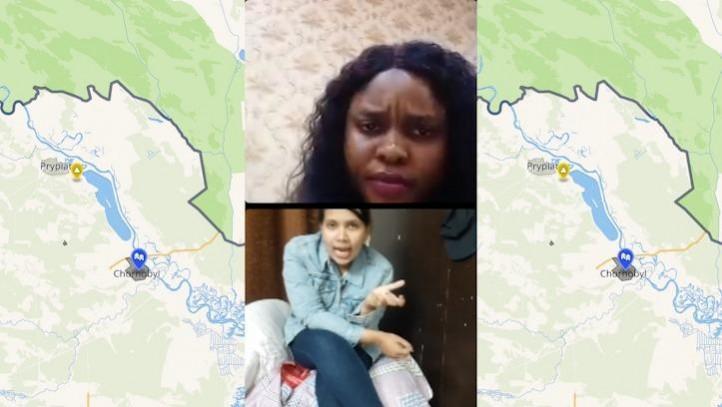
Chernobyl
As reported in the New York Times, the name evokes the chilling imagery of a ravaged nuclear reactor where tens of thousands of displaced humans fleeted in radiation-contaminated homes becoming the ghostly overgrown landscape today.
Let's rewind the clock back to 35 years from now. Before the nuclear disaster in 1986, it was a rapidly growing small town of 47,500 residents. Pripyat acquired the status of a city in 1979. The principal basis for its founding and rapid growth was the construction and operation of the Chernobyl Nuclear Power Plant, one of the largest nuclear power plants in Europe.
Specifics of the disaster
16 years after the operation of the Chernobyl Nuclear Power Plant, at around 1:30 a.m. on April 26, 1986, the scale of the tragedy dawned. Alarms went out at a local fire department during a test to see how Reactor No. 4 would operate. In the event, the power outage went wrong, and a sudden spike in power levels produced an explosion that exploded radiation into the air and ignited the nuclear reactor. Hundreds died, thousands evacuated from their houses to the exclusion zone, taking only their ID cards, food, and clothing with them. The thriving city of Pripyat became haunted in a matter of days. It made 1,000 square miles of land uninhabitable to humans for thousands of years to come.
Unlikely Nature reserve
The fundamental concern is whether the environment can withstand a nuclear meltdown comparable to Chernobyl. While many people believe that the area surrounding the Chernobyl nuclear power facility is a post-apocalyptic wasteland. However, Nature shows us something entirely different. 35 years after one of the facility's reactors detonated, causing the biggest nuclear disaster in human history, Nature is reclaiming the area around Chernobyl in the absence of humans. Researchers discovered that the territory encircling the facility, which has been mainly off-limits to humans for the past three decades, has become a wildlife paradise, with elk, wolf, wild boar, roe deer, foxes, bison, deer, and other creatures roaming through dense forests.
Accountability
Give nature enough time and it can bounce back from anything but it doesn't give humans a clean-chit to wreak havoc on nature. The disaster was caused by a lack of training, chronic mismanagement, operator mistake, and structural faults, while government inaction added to the tragedy by delaying the evacuation of adjacent populations.
Can there be a second phase, yet again?
Nuclear reactions are blazing again in uranium fuel masses deep under the Chernobyl Nuclear Power Plant's inaccessible basement room. The presence of a growing number of neutrons may indicate the onset of fresh fission processes. Researchers at the site of the devastating 1986 explosion recently discovered a consistent increase in neutron counts in an underground room.
Spotlight:
Discussions on Chernobyl was caught on a public forum in popular social media Instagram where a published author, blogger, part-time model-actor, and the daytime geologist Zarin Ali from India was found to be in a conversation with Malboth from Nigeria where they went online in the first episode of series 'Discussion' on 'Chernobyl Being World's Most Unlikely Nature Reserve.' It was good to hear and know about their inputs where they vividly discussed ideas surrounding Chernobyl. Zarin discussed her knowledge of Chernobyl. She smartly compared the scenario clear where people had to flee the city of Chernobyl during the killing of Jews and in this regard, she touched the Soviet Union ruling in 1920-1991 and discussed the first nuclear power plant which was set up in 1972 which ran smoothly until the nuclear power disaster of 26th April 1986. Zarin discussed the working principle of a nuclear power reactor and some machine designing flaws. Watch the entire episode to know more.

















